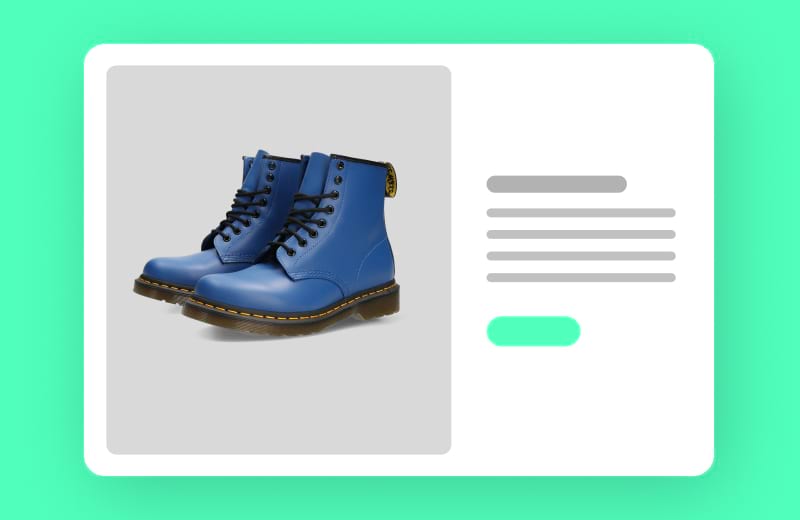E-commerce product descriptions. The art of writing compelling copy that drives sales
The e-commerce sector has been exponentially growing in the past few years, with global sales projected to hit $8 trillion by 2026. It's optimistic news for online retailers, yet it also means increased competition. Distinctive and memorable visuals and compelling copywriting are great tools to set your brand apart!
In the competitive world of online retail, product descriptions can make or break a sale. They are the bridge between browsing and buying. So, what is the secret? A good copy has to be catchy, relatable, and concise. A well-crafted product description should provide all the necessary information but also “sell” the item in a way that resonates with your audience.
It is important to note that online buyers lack the in-person shopping experience. In traditional retail, they would walk around the isles, touch and lift different items, experience the products through all their senses, try them on, taste, smell, or test them in use. Also, in brick-and-mortar stores, sales assistants usually greet and advise shoppers. A good vendor should read the potential customer and offer products best adapted to their preferences or needs. Their role is to sell, not just show the product or service. But how does it translate into the online shopping experience?
We have written several articles on how good photography can compensate for the lack of possibility to test a product in person. Immersive zoomable 360 shots are a great example of such an adaptation. Yet, even the best product photography will not be enough without a product description. Present your products as you would in person, providing all the important information in a flattering yet realistic way.
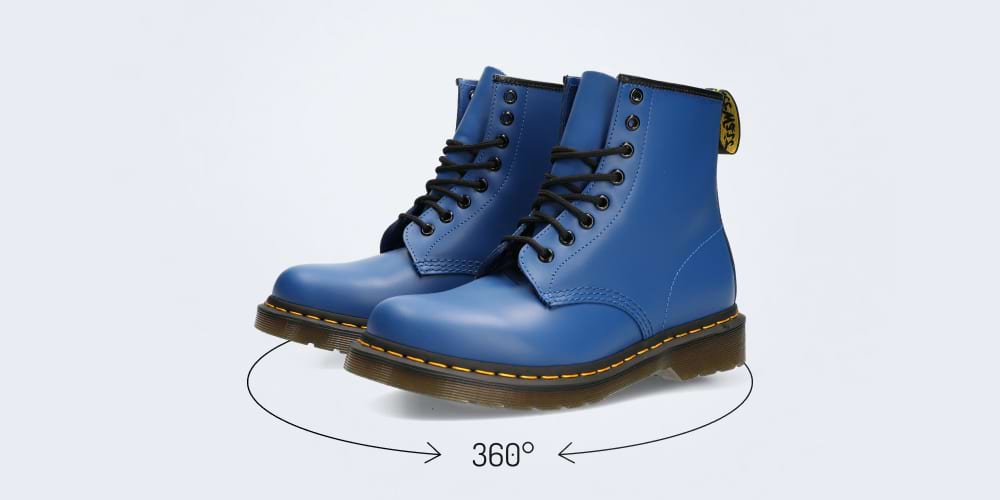
In e-commerce, product descriptions should go beyond back-of-the-box information. A persuasive copy answers your buyer persona’s needs and potential questions while enhancing your website's SEO results. According to the research published by eMarketer, over 80% of retail buyers said product descriptions impacted their purchase decisions. Another survey states that 87% of consumers consider product content extremely important when buying.
How to grasp a customer's attention just a click away from moving on to your competitor’s website? How do we optimize and fully exploit the potential of product description? This comprehensive guide will walk you through the process of crafting product descriptions that inform, inspire, and convert, ultimately driving more sales for your e-commerce business. Here is all you need to know. Let’s get started!
Understanding the Role and Impact of Product Descriptions
Before diving into the how-to, it is crucial to understand the role and significance of product descriptions in e-commerce. A product description is a written copy featured on a product page of an online store. Yet, it is much more than a bland list of product features. Use it as a strategic tool that can significantly impact your results if used properly. A well-written product description:
- Informs the Customer: It provides all the relevant information about the offered product or service, such as dimensions, features, specifications, and instructions.
- Persuades the Buyer: Beyond stating the facts, it sells the experience, benefits, and solutions the product offers, appealing to the emotions and desires of the customer.
- Enhances SEO: It incorporates keywords and phrases that improve your product page’s visibility in search engine results, driving organic traffic to your website.
- Differentiates Your Brand: It reflects your brand’s unique voice and personality, differentiating you from competitors and building a consistent brand image.
Before you start, ask yourself a few questions! What problems does your product solve? How does it benefit the customer? What sets you apart from your competitors?
Step-by-Step Guide to Writing Product Descriptions that Sell
Identify Your Target Audience
The first step in writing effective product descriptions is understanding who you are writing for. Identifying your audience is crucial to establishing an efficient and consistent communication strategy for your brand. Your target customers’ needs, desires, and pain points will dictate your product descriptions' language, tone, and content.
Create detailed buyer personas, considering factors like age, gender, interests, lifestyle, and any other relevant demographics. Who is your ideal customer? Examine all the characteristics of your product that narrow your target audience. Maybe you are addressing young parents by selling maternity bras? Or pet owners by offering a special vacuum brush? Is your product or service seasonal, like skiing accessories, or for daily use, like toiletries? Is it limited to customers at a certain life stage, like pregnancy or wedding photo shoots? What about the size range of your clothing collection? Is your product destined for indoor or outdoor use? Answering the above questions will enable you to define your potential buyer clearly. Knowing your audience allows you to tailor your product descriptions to speak directly to them, making your product an obvious solution to their needs.

Analyze Your Competition
Once you have identified your audience and examined the characteristics of your products, it is time to research your competitors' websites. Visit online stores from your niche, with similar products or selling to a similar target audience, and analyze their product descriptions. Consult several product pages on each website to find patterns and templates. List the elements you find interesting, persuasive, and fresh and would like to reuse when writing product descriptions for your own e-commerce business. There are countless examples of creative product descriptions available online for inspiration, whether on social media or e-commerce platforms such as Shopify!

Highlight Features and Benefits
Every product has a list of features that should be mentioned in the product description box. Yet, your job is to show customers the potential benefits and how they can improve their lives. Simply listing features can cost you a drop in conversion rates as buyers do not understand how the product could possibly help them. For example, imagine you are selling a vacuum cleaner with a high-efficiency particulate air filter. It can be difficult for an average person to understand the meaning of the technical details. Therefore, it is important to underline how it benefits customers by reducing allergens in their homes. Here is another example: a cosmetic brand launches its new brow lift kit enhanced with cysteamine. Most people do not know what cysteamine is. As a brand owner, you should focus on communicating the product’s benefits, such as nourishing and protecting the eyebrows without harsh chemicals.
Ensure your product descriptions clearly articulate the benefits of your product and answer customers’ implicit questions and problems.
How to Use the Language of Benefits to Respond to Customers’ Pain Points
The problem: Cost of outsourcing a product photoshoot
Solution: Orbitvu’s automated photography studio requires a one-time initial investment
Benefit: Save time and money by keeping your content production 100% in-house with Orbitvu’s Studio

The problem: complexity and usability of automated technological solutions
Solution: Orbitvu’s intuitive interface is accessible to anyone after a quick training
Benefit: With Orbitvu Studio, it only takes one person to create outstanding product content from A to Z

The problem: Consistency and repeatability of product photos
Solution: Orbitvu’s automated studios and tables enable you to easily recreate the exact same photo conditions and edit the images thanks to customized templates
Benefit: Create consistent product photos, even without professional training
Inspire Customers’ Imagination
Use Storytelling
People love stories. They’re engaging, memorable, and can evoke strong emotional reactions. Consider incorporating mini-stories into your product descriptions to ignite the reader’s interest. Maybe share the inspiration behind the product with them? Or perhaps how it’s made or a scenario in which it could be used? This makes your product descriptions more interesting and helps customers form a personal connection with the brand and the product.
Seduce With Sensory Words
As mentioned above, a product description should also compensate for the lack of possibility to touch, test, or try on the product before purchase. Engage potential buyers using sensory words that evoke a physical experience and power words to trigger an emotional response. Use adjectives to detail the texture, form, weight, handiness, color, and other aspects that can be hard to read from a product image. The use of sensory words like “smooth,” “vibrant,” or “crisp” helps paint a vivid picture of the product, while power words like “unleash,” “discover,” and “transform” inspire action. Using dynamic verbs makes your product descriptions more engaging and memorable, encouraging customers to envision the product in their lives. Use a clear Call To Action, such as “Buy Now,” “Add to Cart,” or “Get Yours Today”. This directs the customer toward the next step and can significantly increase conversion rates.
Reflect Your Brand’s Voice
Ensure your product descriptions resonate with your brand’s voice. Whether your brand is playful, serious, or luxurious, your language should reflect this and speak to your target audience directly. What is your communication strategy? What tone do you usually employ? What is your brand’s archetype? How do you want the customers to perceive you and your products?
Consistency in brand voice across all your communications builds a recognizable, trusted, and solid brand identity for your online business over time.

Make Your Product Descriptions Scannable
Online shoppers typically quickly scan product descriptions rather than reading every word. For this reason, it is important to make your text accessible:
- Avoid solid blocks of text;
- Write short paragraphs;
- Add proper spacing;
- Use bullet points;
- Use titles and subtitles;
- Avoid writing in capital letters and choose a font readable for people with Dyslexia;
- Write important keywords in bold;
- Make sure your text loads properly on both mobile and desktop.
Earn Trust With Social Proof
Word of Mouth is the oldest and, disputably, the most effective form of marketing. Therefore, featuring product reviews and ratings can positively impact your conversion rates.
Social proof can significantly influence the purchase decision, as potential customers often look to others’ experiences to guide their choices. Highlighting positive reviews and addressing common concerns can help you build trust and alleviate hesitations.

Create Your Unique Product Description Template
If you read any of our articles, you already know that content consistency is key, whether it comes to your communication style, brand voice, or website layout. Customers associate an organized, polished, and consistent design with the professionalism and quality of your products.
Choose a style and a list of shots and angles to recreate for all your product images. Use the same approach for your product descriptions. Once you have applied all the steps of our guide, ask yourself how a perfect copy should look for your business and audience. Based on that information, create a template that you will use for all of your products. The product details and product title will obviously change for each product page, but they should follow the same pattern.
Think of SEO
While your primary focus should be writing for your customers, pay attention to Search Engine Optimization (SEO). Your product descriptions are a great tool to generate organic traffic to your product pages and position your website in search engines like Google or on platforms like Amazon. Here is our list of SEO good practices:
- Use keywords, but avoid keywords stashing;
- Write unique texts, titles, meta-text, and ALT text;
- Use links wisely;
- Optimize the site’s loading speed;
- Optimize your product images;
- Create a clear website hierarchy;
- Polish the mobile version;
- Analyze customer data and learn from your mistakes.
Do A/B Testing
Try different versions of your product descriptions to see which one performs better. Change one element at a time, such as a headline, opening sentence, or call to action, and compare the results. This can provide valuable insights into what works best for your target audience so you can adapt your strategy.
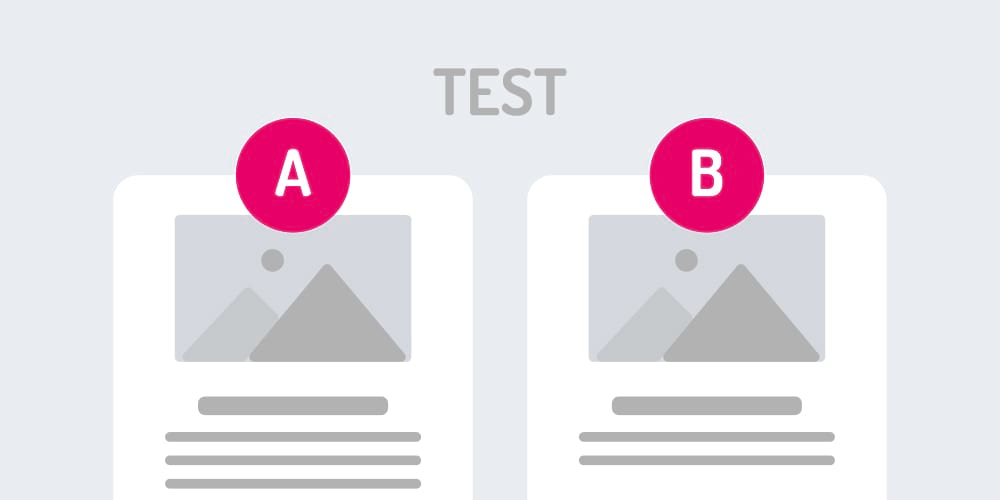
Choose goals and KPIs to measure success and optimize your efforts
Setting goals and Key Performance Indicators is crucial to measuring the success of your product descriptions. As outlined in the formula above, committing to writing customized, unique, and compelling product descriptions can lead to various tangible benefits. These include:
- A potential increase in conversion rates as more website visitors become buyers;
- A decrease in cart abandonment, as clearer product descriptions reassure customers about their choices;
- A lower return rate due to more accurate and helpful product information;
- Fewer calls from shoppers seeking clarification, and therefore, less load for your customer service team;
- Improved organic search rankings, driving more traffic to your site;
Final Thoughts
As you can see, product descriptions can greatly impact your online sales results. They should be uniquely tailored to address your target customer's specific needs and desires. Product descriptions should go beyond listing product features and, paired with captivating visuals, compensate for the lack of sensory experience and in-person guidance offered in traditional retail. Instead of describing, persuade and seduce your customers’ imagination, sell them a solution to their problems.
Use storytelling to engage your readers and enkindle emotional connection. Your words have the power to trigger emotions, inspire dreams, build trust, and guide your buyers to their next action. An effective product description can significantly impact sales, lower returns, and build trust and engagement. All of which contribute to brand reputation. Finally, an optimized product description leads to better brand discoverability and ranking on search engines.
So, wield your words wisely, and watch as they transform browsers into buyers, boosting the success of your online shop. Remember that even the best copy should be paired with top-notch visuals for optimal results. To learn more about our automated photography solutions and how to create high-quality, consistent product images, check out our Knowledge Hub or reach out to our team!
Articles you may also like
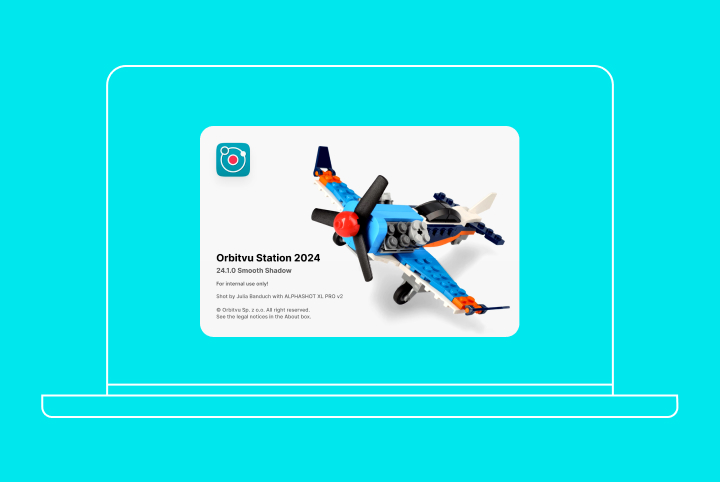
Boost your photography workflow with your improved shadow game and publish your files locally in a new format. Yup, the lates...
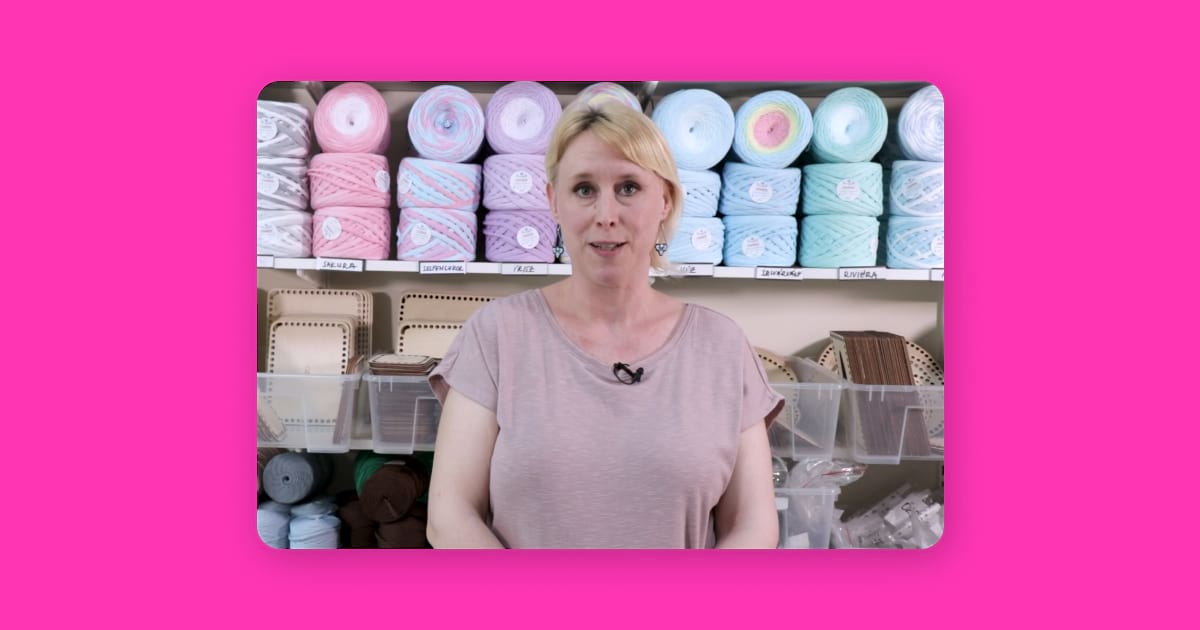
As e-commerce continues to evolve, the demand for high-quality product photography has escalated, particularly in industries ...

Product photography is about more than getting a decent picture. The goal is to get the right objectives for taking these pho...







